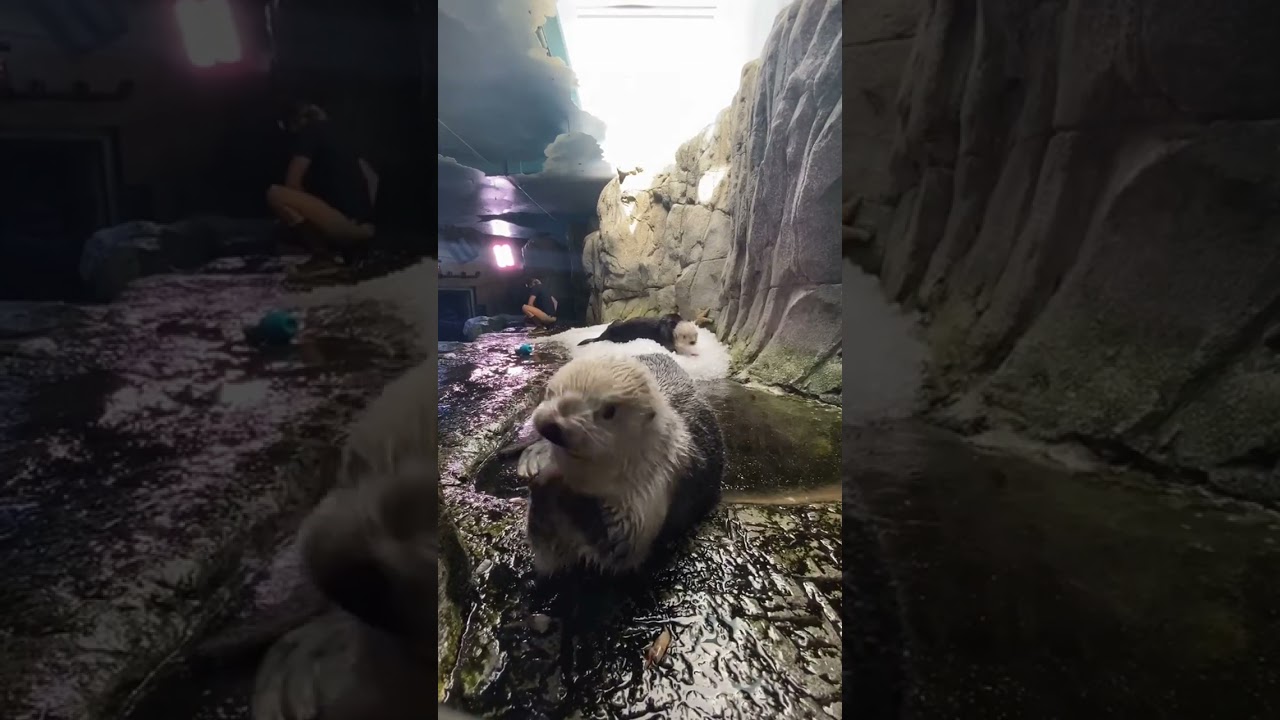- The significance of Ollie’s chomps in understanding animal behavior and enrichment in zoo environments.
- The role of zookeepers and zoo management in facilitating animal welfare and species-specific care.
- Insights into wildlife conservation efforts through the lens of zoo habitats and the species they house.
- The importance of educational content like wildlife videos in promoting public awareness and conservation efforts.
- Drawing connections between individual animal profiles and broader themes in zoology and conservation.
In the vibrant world of zoology and wildlife conservation, each animal holds keys to understanding complex ecosystems and their intricate workings. Ollie, an animal widely adored for his chomping moments, is not just an online sensation. His behavior in zoo habitats offers insights into animal welfare and the effectiveness of enrichment activities in these environments. These activities are designed to mimic the natural stimuli animals experience in the wild, promoting mental and physical engagement.
Animals, like Ollie, that engage enthusiastically with their environments provide critical data for zookeepers about their health and comfort. Zoo management focuses on creating habitats that encourage natural behaviors. Enrichment activities, such as those involving feeding or toys, are integrated to enable animals to express behaviors they would naturally exhibit in the wild. These activities help in maintaining the animal’s physical health and mental well-being, crucial aspects of zoo management and welfare. Ollie’s chomps serve as a vivid illustration of how proper enrichment can lead to visible displays of satisfaction and enthusiasm, a testament to the success of these strategies.
Zoologists and zookeepers have an essential role in ensuring animals receive care that reflects comprehensive understanding of their biology and ecology. This involves constant observation and adaptation of strategies to meet the evolving needs of the animals. Comprehensive training empowers zookeepers with the ability to recognize subtle cues in animal behavior, critical for early detection of health issues or stress. Their work goes beyond basic animal care to encompass educational outreach, helping the public connect with, and understand the importance of conserving these animals.
Ollie’s endearing chomping behavior, captured on video, serves a purpose beyond entertainment. Such content plays a vital role in educating the community about wildlife conservation. Videos that showcase naturalistic behaviors inform audiences about the animals’ needs and the importance of conservation efforts. These visual narratives become powerful tools for promoting biodiversity and the need for species preservation.
The portrayal of an individual animal like Ollie can bring attention to wider conservation issues. Zoos are increasingly seen as conservation hubs, contributing to global efforts to protect endangered species. They participate in breeding programs and collaborate with wildlife protection organizations to bolster wild populations. Ollie’s presence highlights the importance of zoos in this pivotal work, serving as a reminder of each species’ role in its native ecosystem.
Understanding animal behaviors through examples like Ollie’s feeding habits provides critical insights into the needs and preferences of various species. It allows zoo staff and visitors alike to develop a connection with the animal kingdom, fostering a collective sense of stewardship for maintaining biodiversity. This engagement is crucial for driving conservation efforts forward, as public interest aligns with the ecological and scientific research aimed at protecting the planet’s wildlife.
*****
Source Description
Happiness is one full minute of Ollie chomps.


